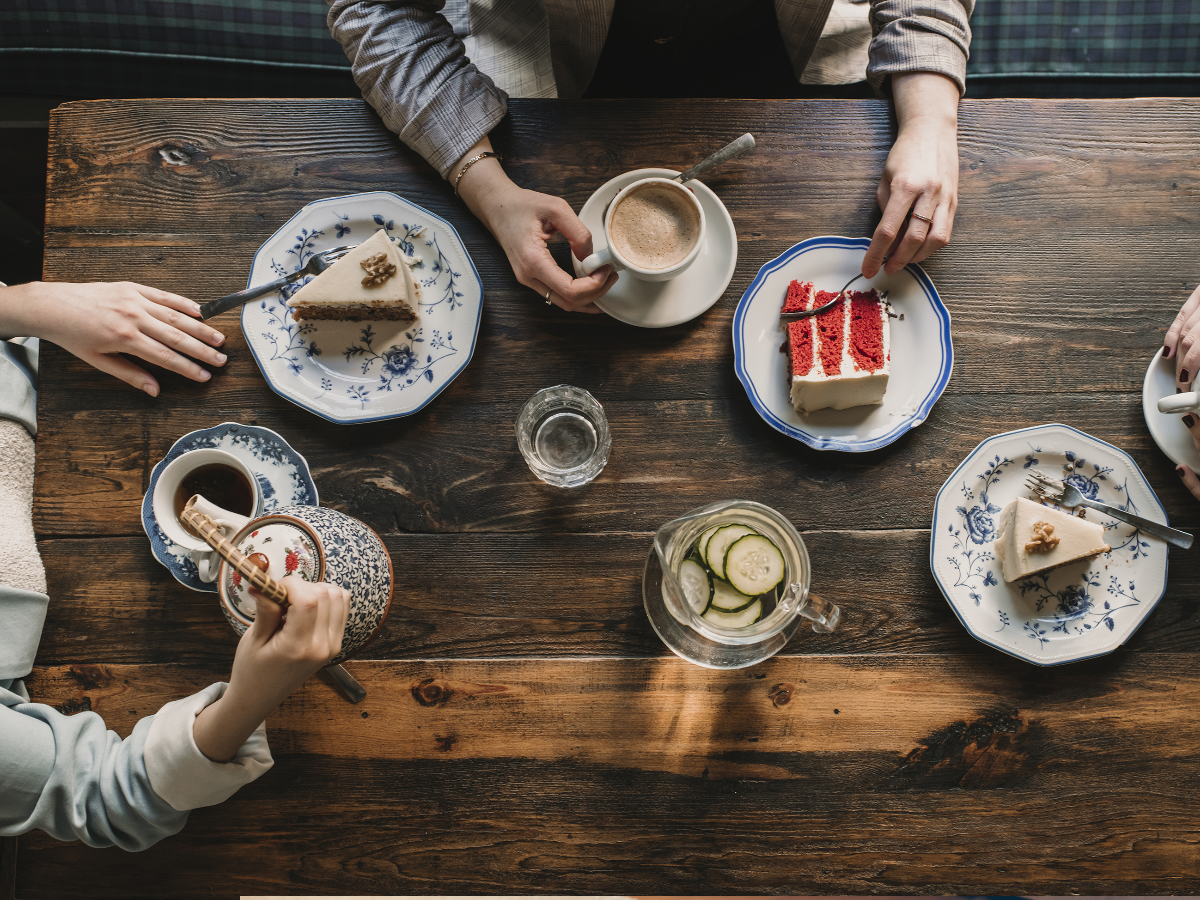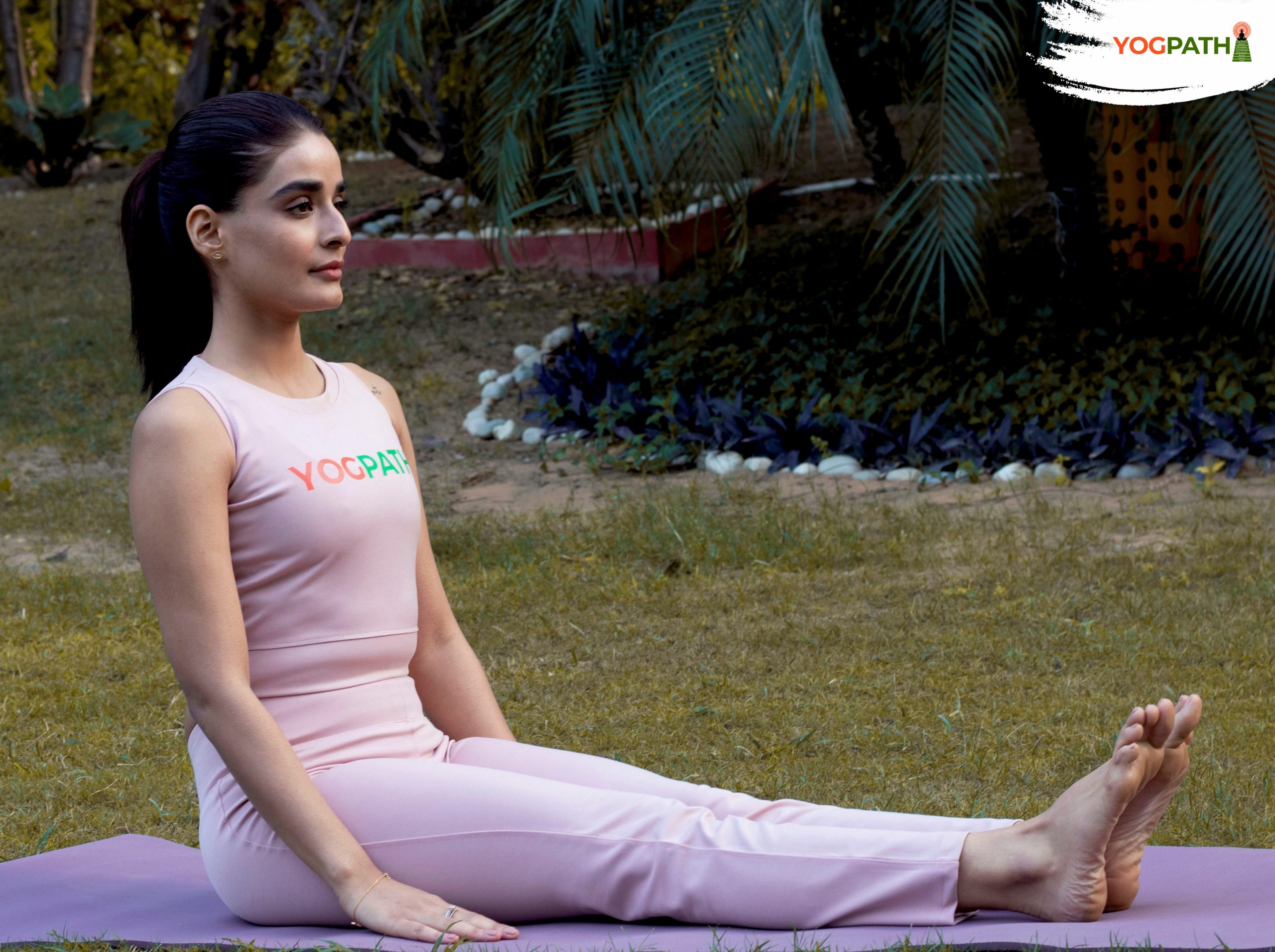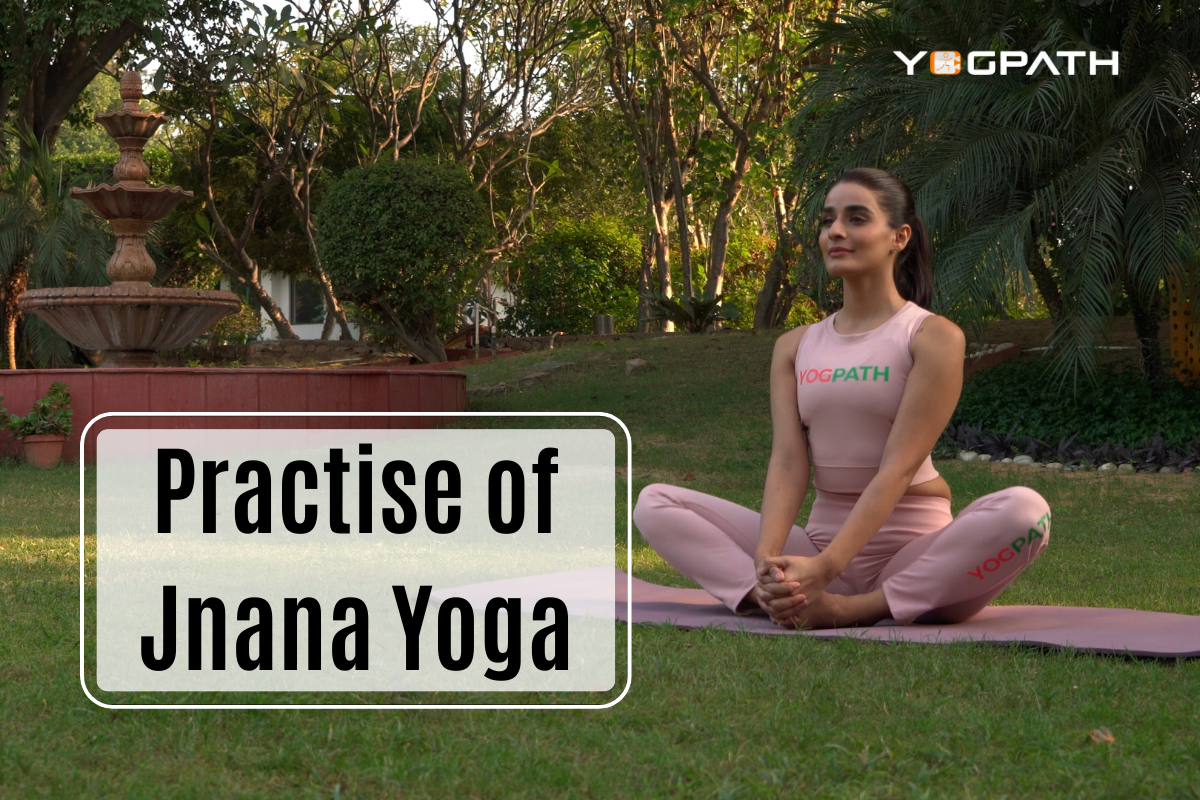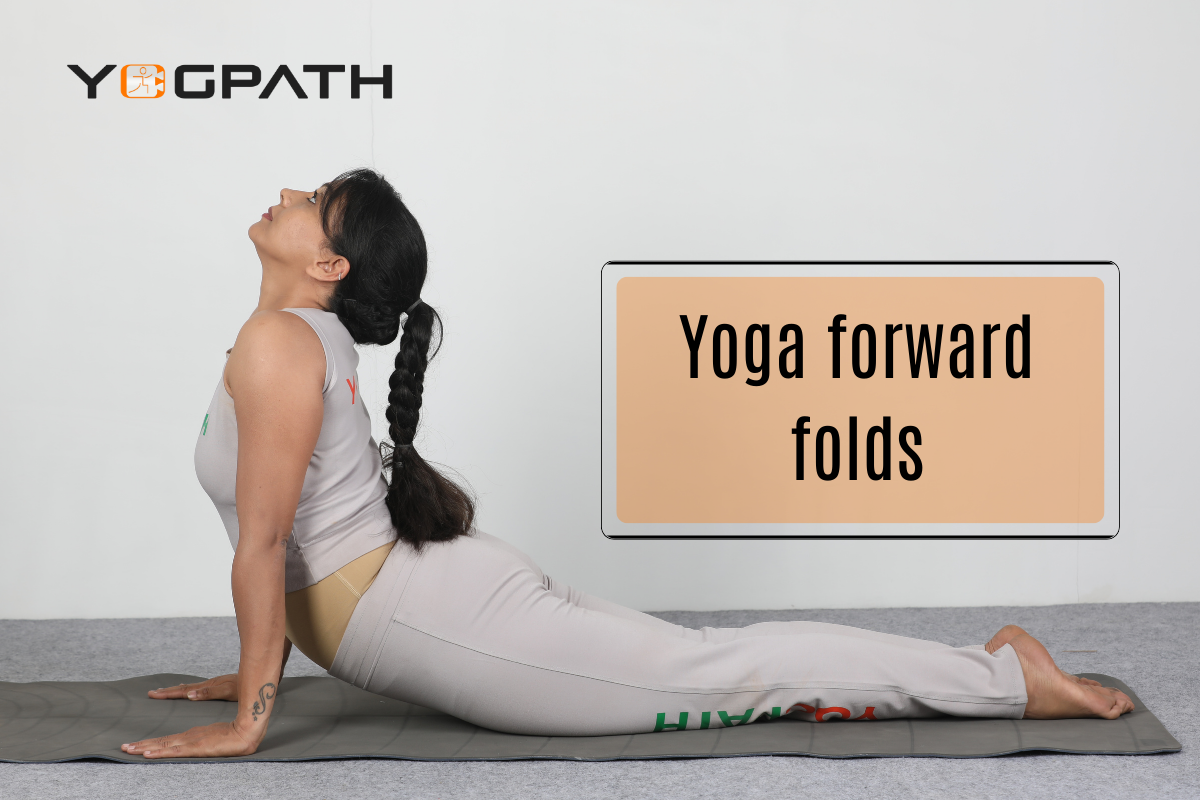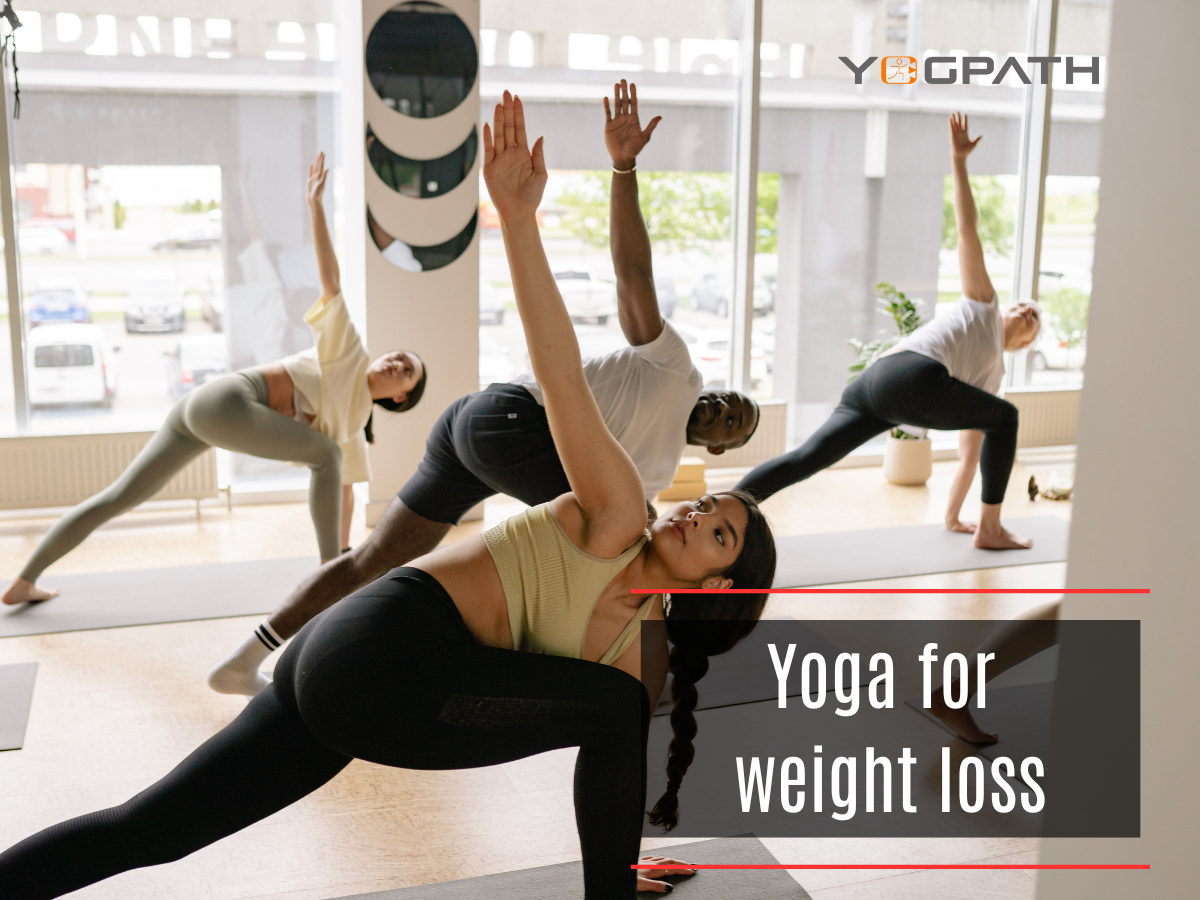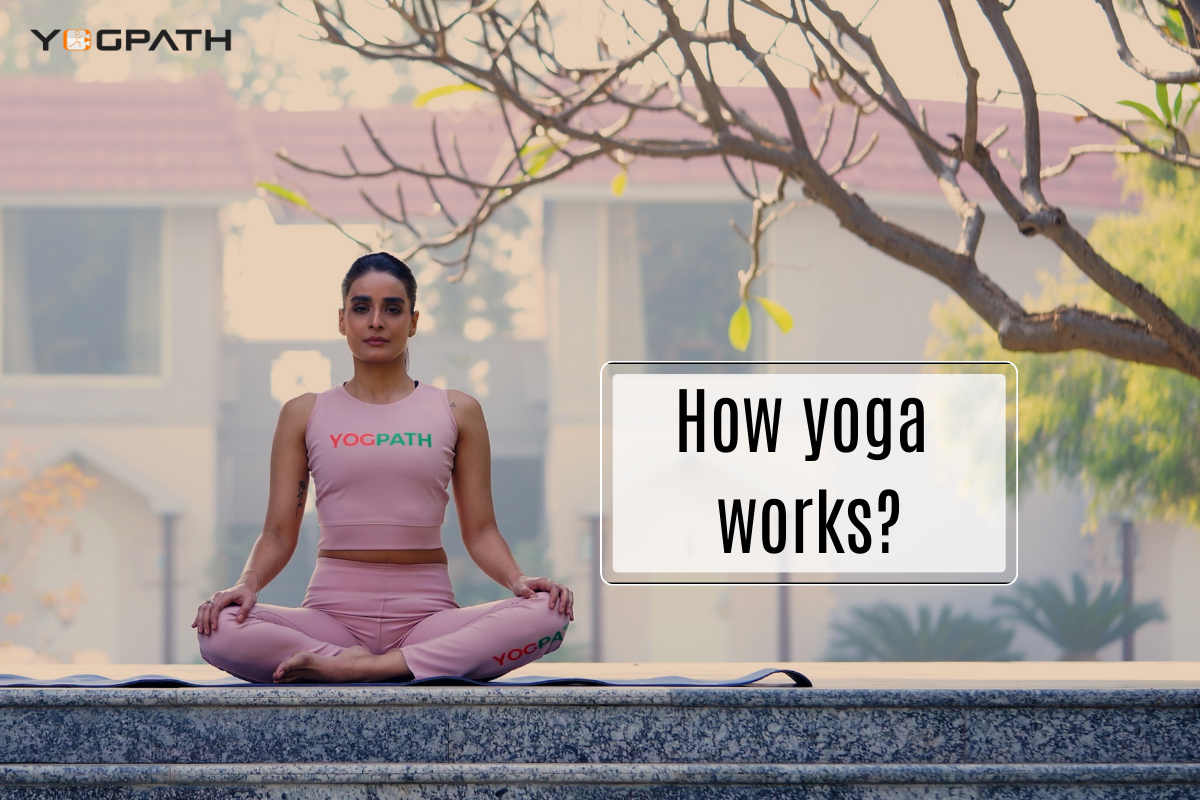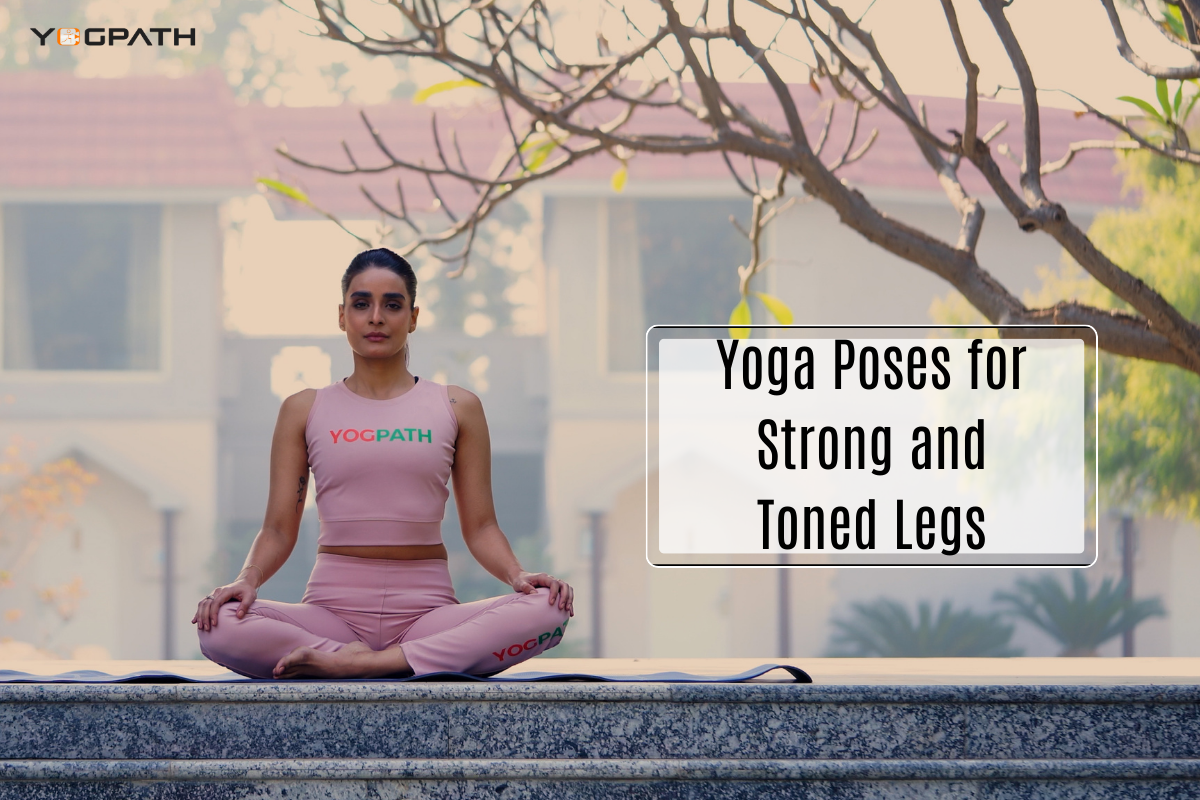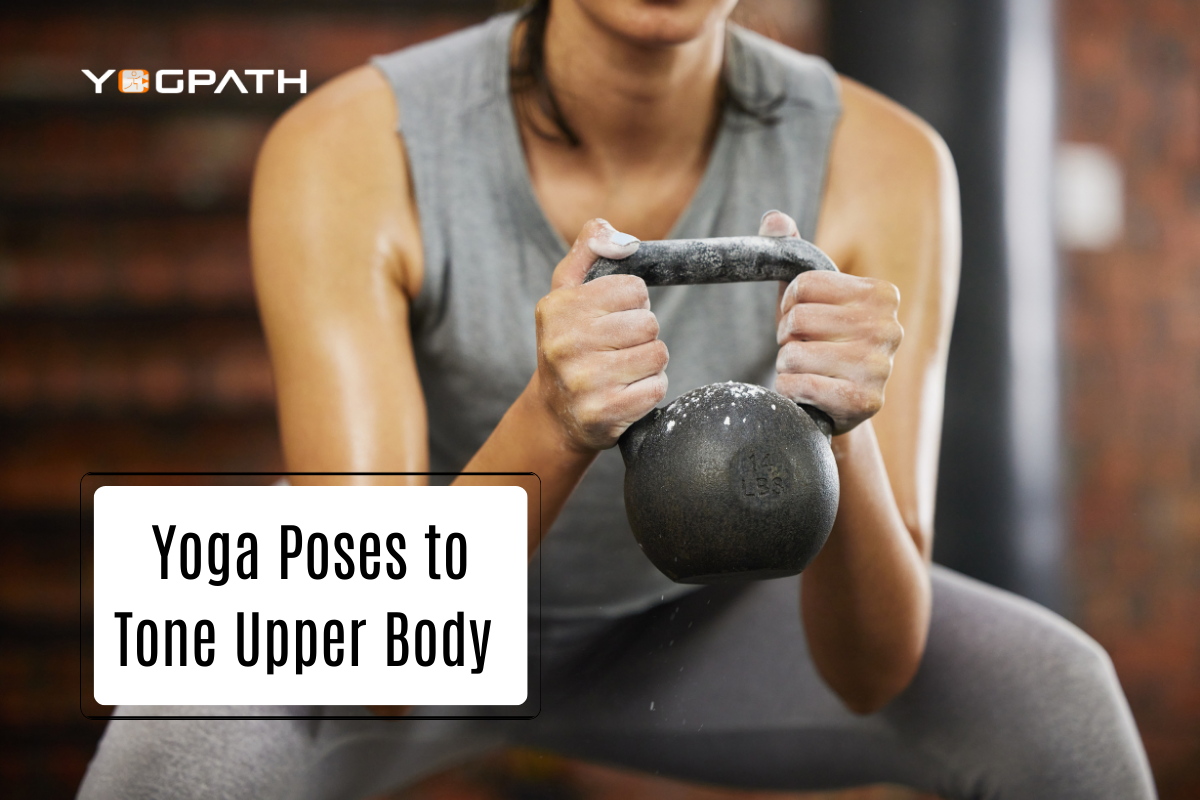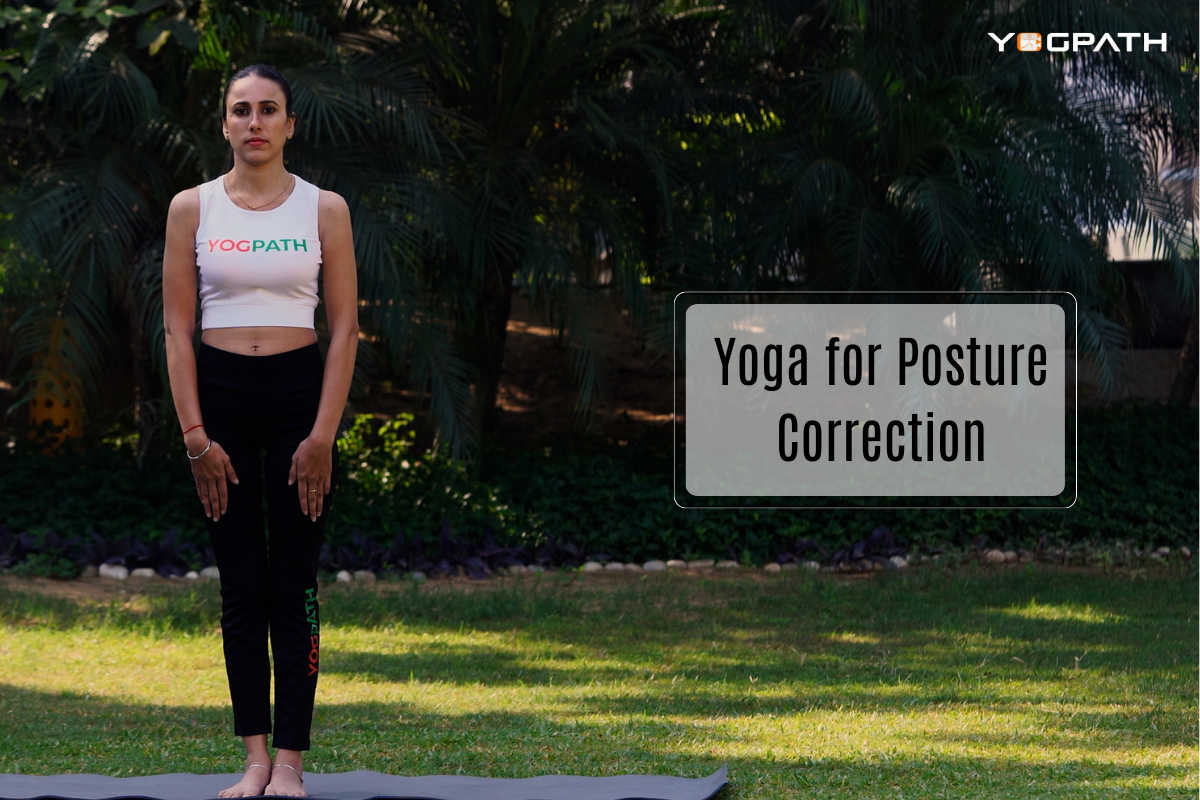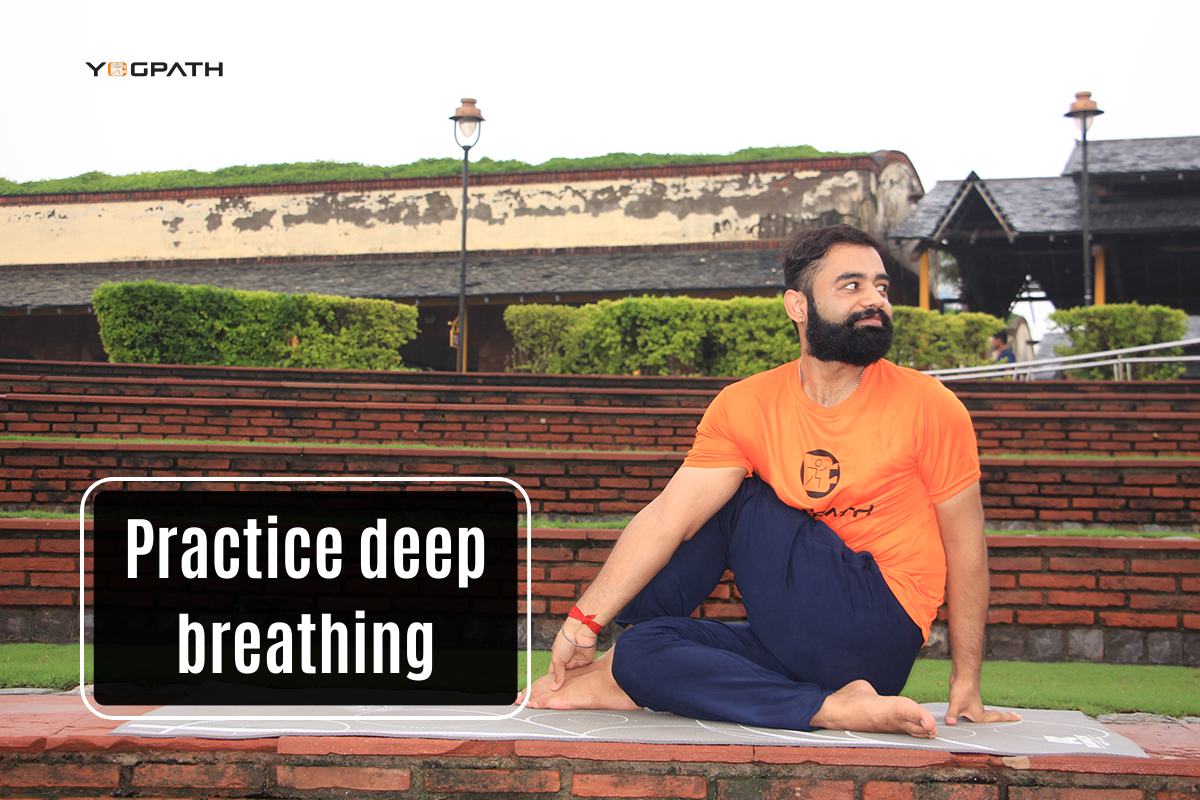
Practice deep breathing
Deep breathing helps to recover lost lung capacity. Begin either in a sitting or standing position. Place your hands on your waist and relax. Inhale as much air as you can. When you reach the maximum capacity of your lungs, hold your breath for 5 seconds. Exhale as much air as possible. Make sure to exhale slowly and empty the lungs or as much as your health permits. Repeat the procedure ten times in each set. About 3-4 sets of deep breathing exercises throughout the day.
Practicing yoga can be one of the best ways to keep your lungs and body healthy. The regular practice of yoga builds the muscles of the chest and increases lung capacity and oxygen intake.
With extensive use of herbs and plant-based natural remedies, treats from its root. Alternatively, yoga can also be proved beneficial to your healing and recovery. Practicing yoga can be one of the best ways to keep your lungs and body healthy. Daily yoga helps the muscles of the chest to be strong, increases lung capacity, and boosts oxygen intake. Yoga can keep your lungs healthy and strong by improving your breathing and oxygen intake. Try to hold for 15-20 seconds and repeat these 2-3 sets or as much as you feel comfortable.
Yoga asanas that can help in the treatment of Pneumonia
Savithri asana
Drop your knees to the ground gently and keep your upper body straight. Start with Sukshma Vyayam or subtle exercises to warm up the body. Stretch your arms up to the sky with palms hovering shoulder distance from and facing each other. Look forward and hold.
Ustrasana
Kneel on the yoga mat and place your hands on the hips. At the same time, arch your back and slide your palms over your feet till the arms are straight. Do not strain or flex your neck. Stay in this posture for a couple of breaths. Breathe out and slowly come back to the initial pose. Withdraw your hands and bring them back to your hips as you straighten up. Do not hold this posture for a long duration.
Ashwasanchalanasana
Stand with your feet together and move your right leg back. Place it towards the rear end of the mat. Ensure that your toes touch the floor and your heel is pointing upward. Gently lower your right knee and place it on the floor. After you press your toes down, extend them out. Your left knee should be in line with your left ankle. Maintain a 90-degree angle at the knee joint between the upper and lower leg. Lower your pelvis and allow it to hover comfortably over the floor. Distribute your body weight comfortably on all four limbs. Allow your neck to fall back and focus your gaze on the sky. Repeat with the other leg.
Veera Bhadrasana
Form Ashwasanchalanasan with your right leg in between your palms. Lift your arms, palms facing each other. Straighten your back. Keep arms in contact with the ears and look straight ahead.
Hastha Uthanasana
Begin by standing straight in Samasthithi. Raise your arms over your head and stretch upward by keeping your palms facing each other. Keep your head in between your arms, and gently bend back. Keep your knees straight, and your eyes should remain open.
Pranayama
Start these breathing techniques slowly. Do it in Shanth Gati (slow speed). These two pranayama techniques ease any discomfort that you may have. Once you practice them, you can also include Anulom Vilom and Brahmari Pranayama.
Khand Pranayama
- Sit down in Dandasana, keep your back straight and breathe for some time.
- Fold your legs in Sukhasana and prepare your mind for the practice.
- Sit in any comfortable pose (such as Sukhasan, Vajrasana, Ardhapadmasan, Padmasana, or Siddhasana) suitable posture is Poorna Padmasana.
- Straighten your back and close your eyes
- Place your palms on your knees facing up (in Prapthi Mudra)
- As you inhale, divide your breath into two equal parts.
- Without retaining the breath in your lungs, exhale twice.
- Sit in any comfortable pose (such as Sukhasan, Ardhapadmasan, or Padmasana)
- Straighten your back and close your eyes.
- Place your palms on your knees facing up (in Prapthi Mudra)
- Inhale normally and focus on exhaling with a short, rhythmic, and forceful breath
- Use your stomach to expel all the air from the diaphragm and lungs by compressing it.
- Inhalation should happen while you decompress your stomach.
Drink plenty of warm fluids. It helps to loosen secretions and bring up phlegm. To open your congested airways and ease your breathing, you can take steamy baths and use a humidifier. Stay indoors as much as possible and away from the smoke to let your lungs heal. Get lots of rest until you are feeling stronger. With the help of yoga and Ayurveda, you can strengthen your lungs and accelerate your recovery time.

